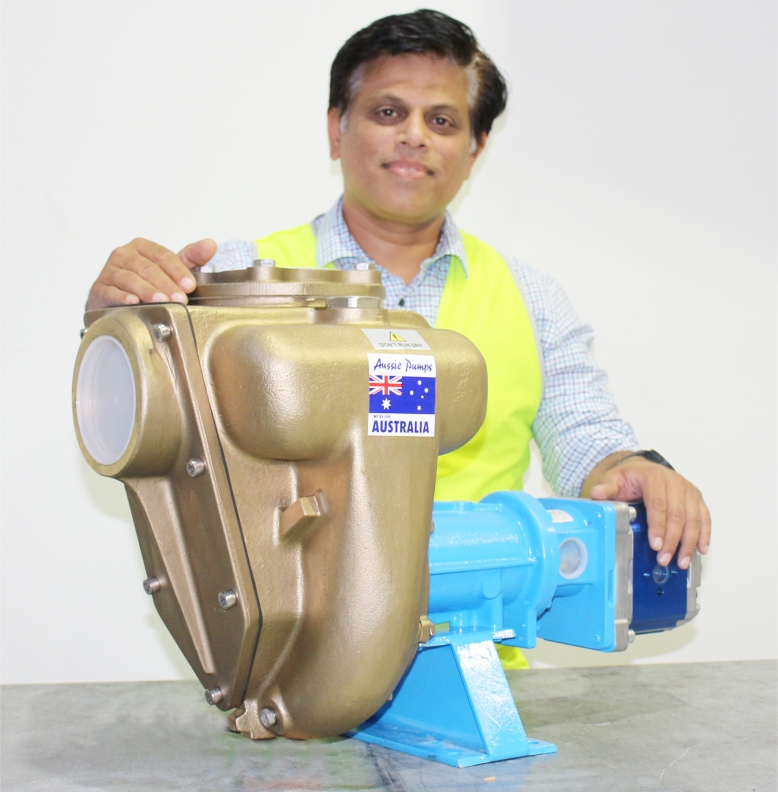
With the approach of the fire season, home and property owners are running out of time to be fire ready. Australian Pump Industries is urging property owners to refresh their bushfire survival plan.
It’s easy to get complacent and assume everybody remembers the plan from last year. A fire plan is too important to be forgotten and conditions may have changed since it was devised. During the fire season revising the plan monthly ensures that everyone knows what to do.
A bushfire survival plan has two options: ‘STAY AND DEFEND’ or ‘LEAVE EARLY’. “If the plan is to stay and defend then preparation must include checking that your fire pump and hoses are in top working order,” said Australian Pump Industries’ Chief Engineer John Hales.
The first step is to check your fire pump and engine. Aussie Pumps use genuine Honda engines as they start first time every time, and are backed by a global service network.
Step 1: Check the engine oil level according to the engine manual.
Step 2: Make sure the air and fuel filters are clean.
Step 3: Flush out stale fuel, if any, and refuel. It is necessary to repeat this at least once during the season to ensure the fuel doesn’t degrade. It may be advisable to add fuel stabiliser.
Step 4: Make sure the engine starts easily. The spark plug may need replacing.
For further information refer to the engine manual. If in doubt it’s a good idea to get the engine serviced by a competent mechanic.
Before connecting the hoses check them. Give them both a visual check and run your hands along them to make sure they’re sound. Mold, vermin, or simply age may affect the hose’s integrity.
The next step is to connect the fire hoses and check for leaks. A pump that sucks air won’t prime. Lastly, check pump wet end for leaks. If your pump is over five years old it could be time to replace the seals. Elastomers do deteriorate over time and even top quality seals and o-rings can have a limited shelf life. Don’t take chances.
“The last thing you need in an emergency is a pump that won’t start,” said Hales. “It is important to make sure your pump is fully set up and fire ready!” he said.
When the pump is ready ensure there is quick and easy access to a water source. Check the suction hose is the correct length. If the water source is a dam or pool that contains debris a suction filter must be fitted.
During the fire season the pump should be run for a short time every two weeks. After use disconnect your pump from the water supply and drain the pump housing.
Aussie Pumps have produced easy to follow instructions for pump rejuvenation. They also supply complete elastomer kits that include all the required o-rings and a mechanical seal for convenient refurbishment.
“These low cost parts are essential and easy to fit,” said Hales. “Kits are cheaper than individual parts and are a convenient way to restore the pump’s priming integrity,” he said.
To “stay and defend” a simple, robust, high performance, engine drive self-priming pump like the Aussie “Fire Chief” is essential. Available in either single or twin impeller versions, this pump can produce an impressive 450 lpm maximum flow! It also offers a delivery in the Mr T twin impeller version, of up to 110 metres.
With a unique 5 year ‘pump end’ warranty, the Aussie Fire Chief is built without design or engineering compromise. A big belly body and huge impeller allows a huge volume of water through the pump. That provides ideal flow/pressure characteristics for fire fighting.
Further information on the Aussie Fire Chief is available from our Aussie Fire Fighting Petrol Drive Pumps PDF (289KB).




